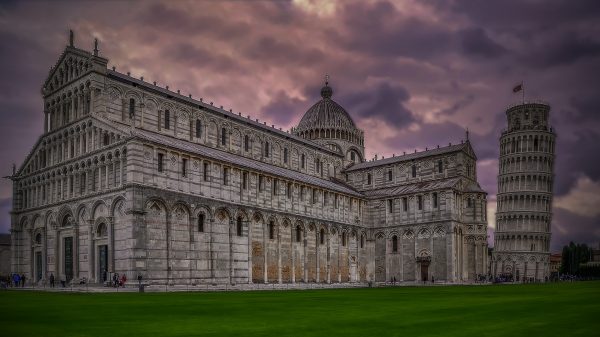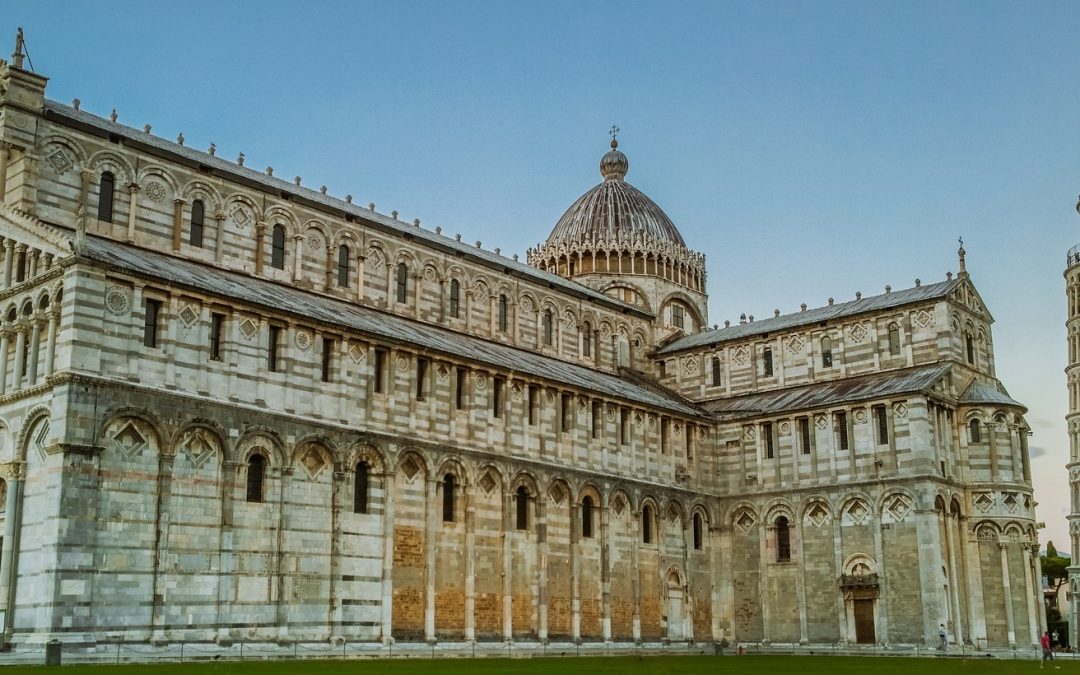The Tower of Pisa – the subsidence is chronic but that lean is iconic
Geotechnical
A world-famous building- a UNESCO world heritage site no less. 850 years old. Made from marble and stone, weighing in at approximately 14,500 tonnes. It’s height? That depends. It’s somewhere between 55.86m and 56.67m and will vary based on which side you’re measuring. This is, of course, the Leaning Tower of Pisa with its 4-degree lean making it an object of fascination for engineers, architects, and tourists who like perspective tricks – “see how it looks like I’m holding it up? I’m a genius!”

There’s no denying that the lean of the tower has benefitted the local economy – Italy is hardly short of historic structures but people flock from far and wide to see this iconic building in the flesh. But why is it leaning, is it safe, and could it have been prevented if Pisa City Council had done the sensible thing and given Terra et Aqua (Ground and Water’s 12th century Italian counterparts) a call?
For the rest of this article, we’re going to refer to this wonderful building as simply The Tower of Pisa, because if there’s anything we’ve learnt from Disney movies it’s that naming someone or something for their affliction doesn’t tend to end well (Captain Hook and Scar, we’re looking at you!) and we don’t want Torre di Pisa kidnapping anyone or throwing its brother into a stampeding herd of wildebeest.
The tower’s lean became apparent as early as the 12th century, so a maximum of 26 years into its 199-year-long construction – and people complain about builders taking their time these days. The cause is relatively simple and, to people living in an age where we know so much more about how construction works, quite obvious. The soil in the area was too soft to support the structure’s massive weight, thus one side started gradually sinking over hundreds of years until in 1990 the tilt peaked at a massive 5.5 degrees.
The next question we asked was is it safe? For a number of years there were quite serious concerns that the tower may actually topple over, and over its long history there have been many attempts to return it to vertical or to halt its glacial tilting – many of which failed or made matters worse until in January 1990 it was closed to the public for structural strengthening. Residents in the line of any potential fall were evacuated, bells were removed to lessen weight, cables were attached to anchor the building in place and around 900 tonnes of lead counterweights were added. Almost 12 years later in December 2001, the building was reopened and declared safe for 300 years, with around approximately 70 tonnes of soil having been removed from under its raised side. In 2008, it was declared safe for the next 200 years – the mathematicians among you may have noticed an issue with the sums but both state that it should be safe for generations to come.
So how could Terra et Aqua have prevented this? Any construction job should start with a decent investigation of the ground. We’d have recommended a bearing capacity analysis and a settlement analysis with site works and full lab testing, the results of which would show significant risk of settlement given the nature of the soils in the area. At this point we could have made recommendations for foundation design or adjustments to the planned structure as a whole. Of course, if that was the case then there’s every chance most of the world would never have heard of the tower or Pisa, so maybe an apparent lack of foresight was in fact a masterstroke from the Italian tourist board.

Today, it wouldn’t ever be finished or become a tourist attraction – failing to study and account for ground conditions will bring your project to a halt costing valuable time and money. Get in touch today and we’ll help you prevent that.
